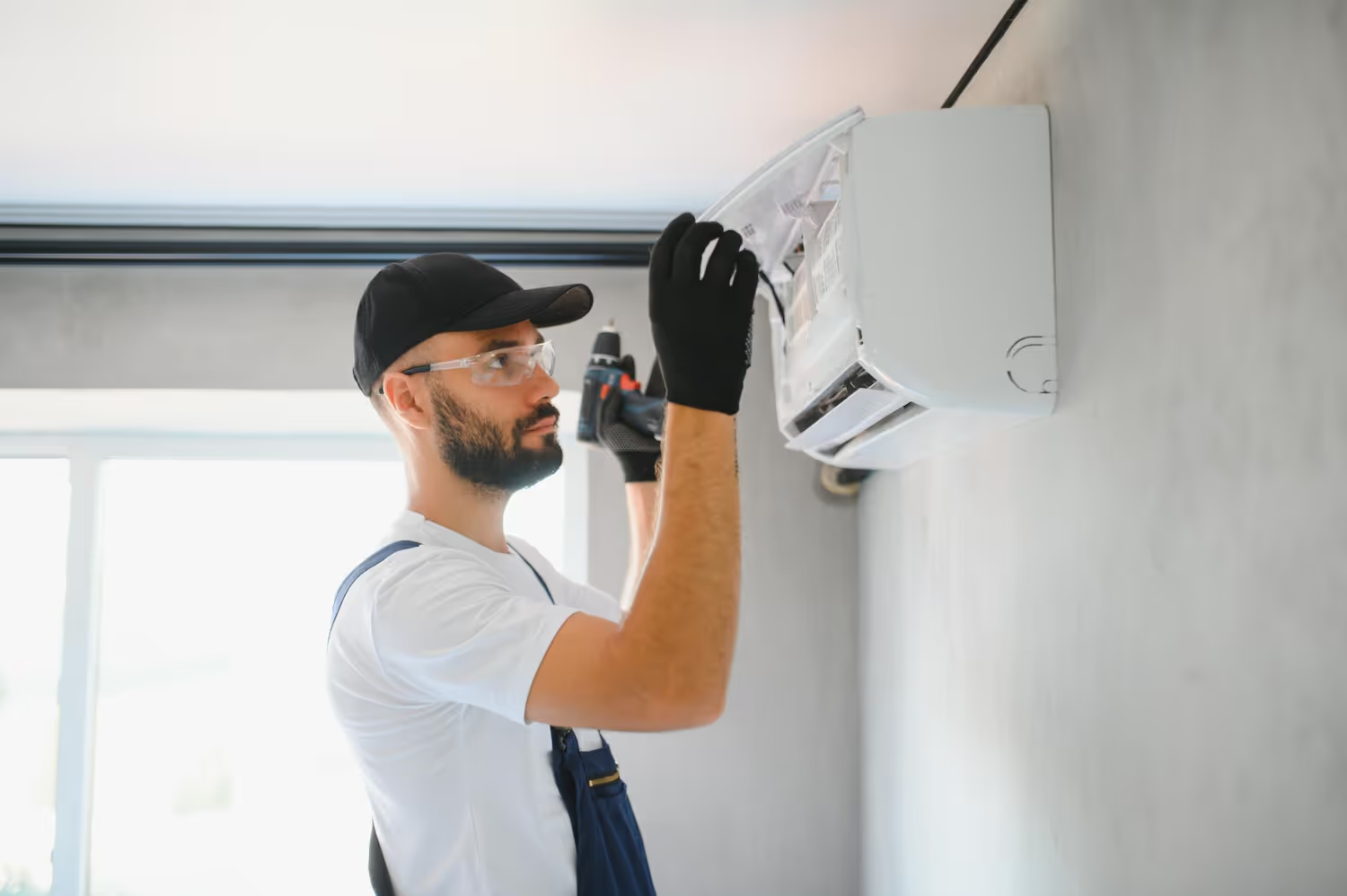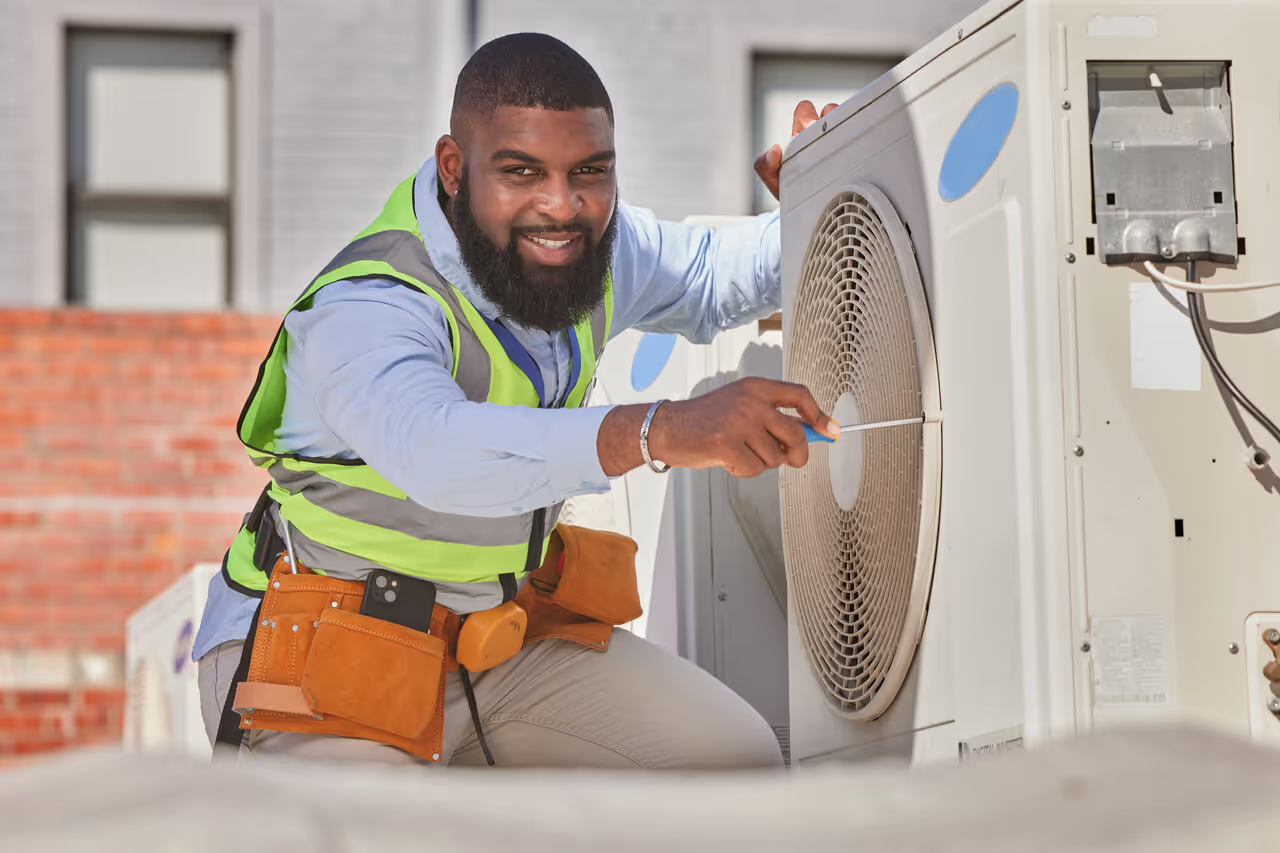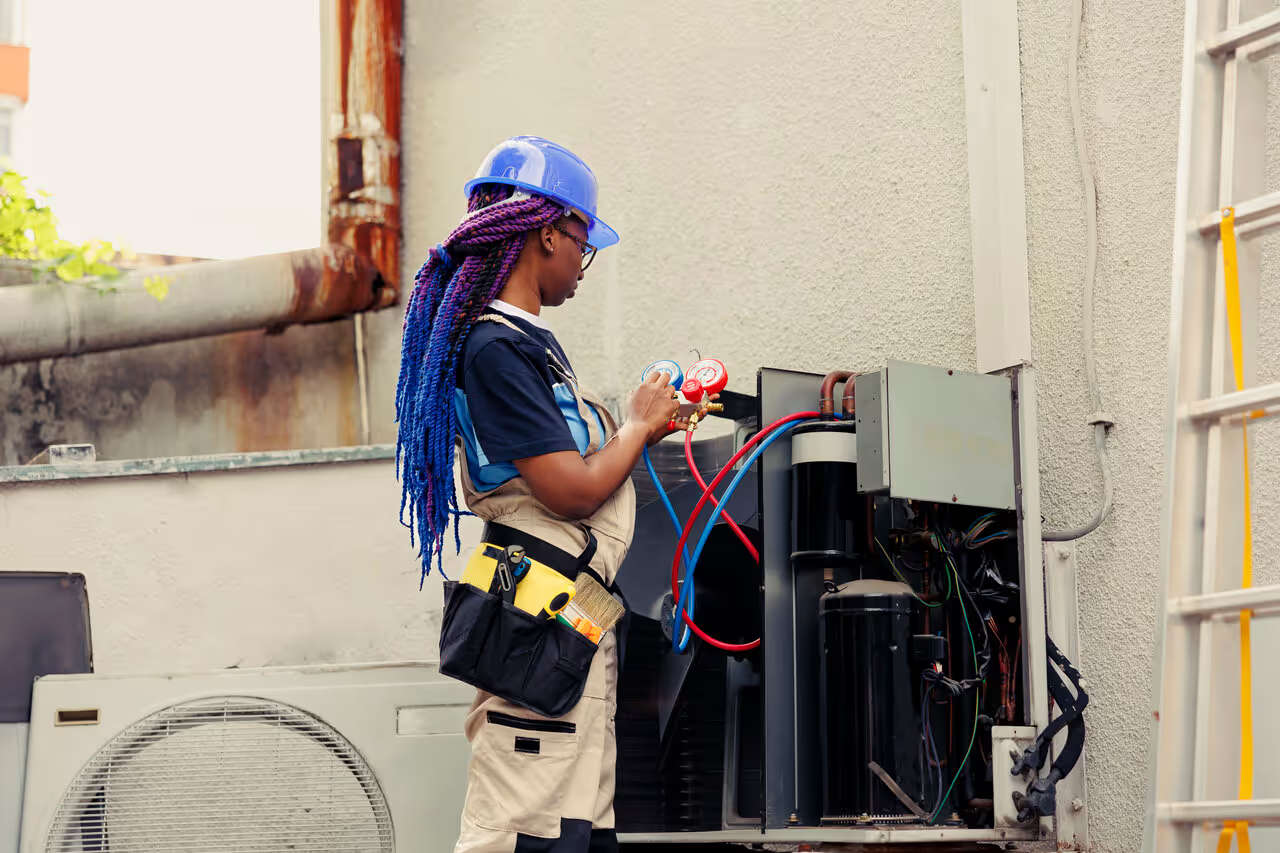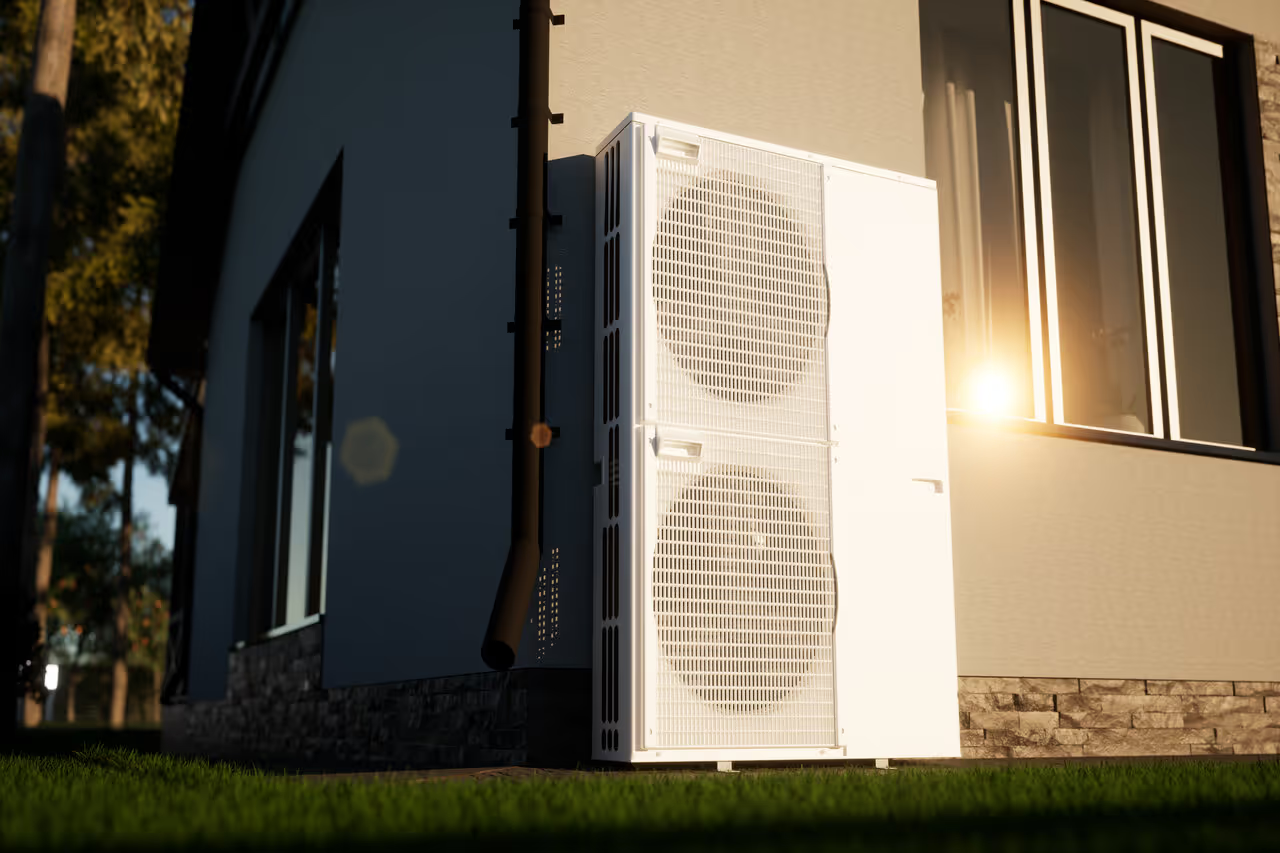In the era of climate consciousness, reducing our carbon footprint is more than a choice—it’s a responsibility. While various sectors contribute to greenhouse gas emissions, residential and commercial buildings are significant players, with heating, ventilation, and air conditioning (HVAC) systems being primary culprits. The good news? Advancements in HVAC technology are paving the way for eco-friendly heating and cooling without compromising on comfort. Here’s how high-efficiency HVAC systems are making a substantial dent in carbon emissions.
Understanding the impact
HVAC systems have traditionally been energy hogs, contributing to a substantial portion of a building's energy consumption and carbon emissions. In 2015, CO2 emissions from fossil-fuel combustion in the U.S. building sector generated 565.8 million metric tons of carbon dioxide equivalent (MMtCO2e) in direct emissions, making buildings the fourth highest emitting sector. Moreover, HVAC accounted for around 35% of the carbon emissions in a typical building as of 2014.
Stepping towards efficiency
Transitioning to high-efficiency heating and cooling systems is a significant stride towards reducing energy consumption and, consequently, carbon emissions. These systems utilize advanced technologies to provide the required heating or cooling with less energy. For instance, geothermal heat pumps provide both heating and cooling from a single unit, and they are more efficient because the earth maintains a far more stable temperature than the surrounding outdoor air. According to the EPA, properly designed and installed geothermal heat pumps have the best efficiency and lowest CO2 emissions among all current central HVAC products.
The role of smart technology
Smart technology, including smart thermostats, plays a crucial role in maximizing HVAC efficiency. By learning occupant behavior and adjusting settings accordingly, smart thermostats help reduce energy waste. For instance, the Nest thermostat uses adaptive intelligence to develop a program that maximizes HVAC efficiency without requiring user input, while the Honeywell Lyric uses geofencing technology to adjust temperature settings based on the location of registered smartphones, saving energy when the home is vacant.
Small changes, big impact
Simple measures like changing HVAC filters regularly, adjusting thermostat settings, and using variable speed blowers can contribute to reducing energy consumption and carbon footprint. For example, raising the thermostat in summer or lowering it in winter by one degree can reduce energy usage by up to four percent.
The journey towards a sustainable future is a collective endeavour. Investing in high-efficiency heating and cooling systems, coupled with smart technology and mindful practices, can significantly reduce our carbon footprint. As we continue to explore and adopt eco-friendly HVAC solutions, we are not just creating comfortable living and working spaces but also contributing to a greener planet.













